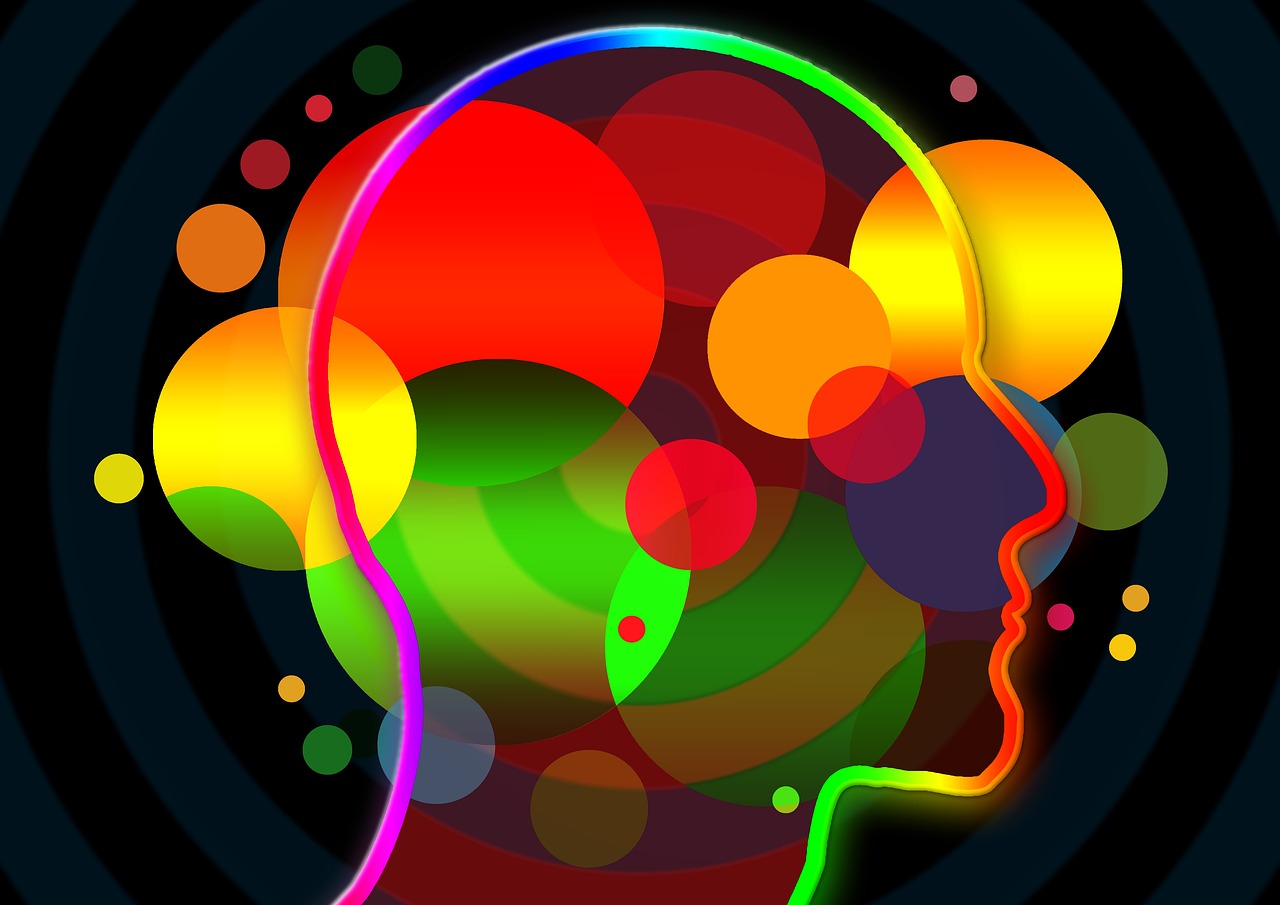Is the world becoming more neurodiverse or is it just that awareness of neurodiversity is increasing?
For those who may not be familiar with the term, neurodiversity means that people’s minds function differently and therefore they experience and interact with the world in different ways. These differences aren’t seen as deficits.
The term is often used in relation to neurological and developmental conditions such as autism, ADHD (attention deficit hyperactivity disorder), and other learning disabilities. Those who have read my blogs about my son will remember me mentioning his autism diagnosis, and so this blog will mainly be about autism.
Raising Awareness and Understanding

I want to shed some light on what I’ve learned about autism so far to raise awareness and understanding. You can find more information on this topic at the National Autistic Society (autism.org.uk) but before that here are the three things to know about the autism spectrum:
1. Autism is not a disease but a lifelong neurological condition whose cause isn’t yet understood. It can run in families and can therefore be inherited, but not always. It manifests itself differently in each person, hence the saying ‘If you know an autistic person, you know an autistic person.’
In other words, not all autistic people are the same, their needs can differ significantly. The way they interact with others and the world around them can also differ.
2. The autism spectrum contains these 4 main areas that can be influenced by other factors:
Social communication – Autistic children can struggle with their language, i.e., verbal and non-verbal communication. I noticed this with my son when he was about 2 years old and to this day, at 4 years old he doesn’t use his language to communicate his needs. Instead, he uses gestures and behaviours such as taking me to what he wants rather than saying what he wants.
Social imagination – They can find it difficult to understand and imagine what others are thinking or that others may have a different opinion.
Social interaction – They find it difficult to understand and recognise how other people feel. My son has problems with empathy and cannot understand how other people might feel in different situations. For example, if his sister falls and starts crying, he’d start laughing instead of comforting her.
Sensory needs – There are differences in processing and difficulties in dealing with sensory stimuli. Some are hypersensitive, others are hyposensitive and, in some cases, they can be both oversensitive in one area and under sensitive in another. Those who are oversensitive avoid stimuli while those who are under sensitive seek out stimuli.
We all have a sensory profile, whether we’re on the spectrum or not. However, people who aren’t on the spectrum are better able to cope with and respond appropriately to sensory stimuli than people who are on the spectrum. This is called sensory modulation, which is the brain’s ability to regulate how much sensory input it takes in at any given time.
3. Further defining sensory sensitivity; hypersensitivity is increased sensitivity to sensory input and hyposensitivity is decreased sensitivity to sensory input. For example, my son is hyposensitive to smells meaning bad or potent odours don’t bother him.
We all have what is called a baseline where we feel good, happy or neutral. When something happens that pulls us out of our baseline, whether it’s anger (over-stimulated) or boredom (under-stimulated), it can be quicker for children with sensory modulation problems to come off their baseline and harder for them to get back on to it. This can lead to a meltdown or shutdown.
To Conclude

In summary, autism manifests differently in each person and the spectrum ranges from low support needs to high support needs, depending on the severity of the social and sensory difficulties described above.
It’s not easy for parents with neurodiverse children because we often have to think in advance about how their particular social and sensory needs will affect their behaviour in public.
For example, what you notice as screams or uncontrollable outbursts outside or in a shop, fussy eaters, repeated unusual behaviour such as writing in the air (something my son does in public) or not responding to being spoken to or asked questions could all be due to their underlying needs.
They aren’t trying to misbehave or be rude on purpose, and as a parent you try to help them regulate their emotions in public by eliminating some triggers, but this doesn’t always work.
A Little Encouragement

However unbearable it may be sometimes to parent a neurodiverse child, remember that what they’re struggling with now isn’t necessarily what they’ll struggle with later.
In other words, their behaviour will change as they grow older and learn how to self-regulate to either stay at or return to their baseline level.
Their underlying needs will not stop them from achieving what they want in life, because some of the most talented people of our time are neurodiverse. Case in point, Elon Musk, who announced his autism diagnosis in 2021 stating he has difficulty understanding social cues yet has gone on to achieve great things.
So, keep hope alive for your little ones, they too can achieve great things. You can find more positive things about autism at The Girl With The Curly Hair .
And with that I’ll leave you with this:
“Neurodiversity is recognizing that variety is normal and essential in broadening our world perspectives.”


